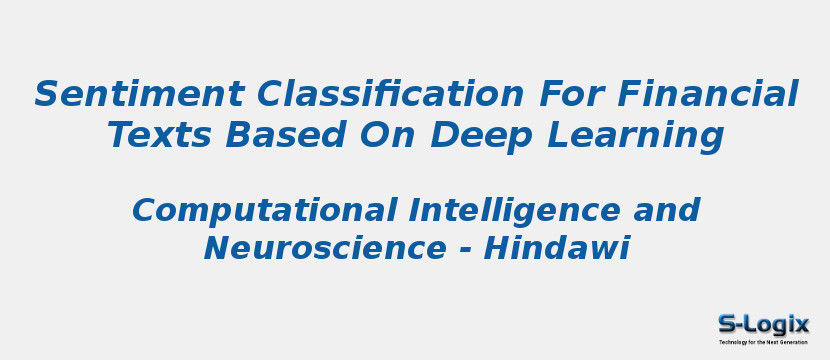Research Area: Machine Learning
Sentiment classification for financial texts is of great importance for predicting stock markets and financial crises. At present, with the popularity of applications in the field of natural language processing (NLP) adopting deep learning, the application of automatic text classification and text-based sentiment classification has become more and more extensive. However, in the field of financial text-based sentiment classification, due to a lack of labeled samples, such applications are limited. A domain-adaptation-based financial text sentiment classification method is proposed in this paper, which can adopt source domain (SD) text data with sentiment labels and a large amount of unlabeled target domain (TD) financial text data as training samples for the proposed neural network. The proposed method is a cross-domain transfer-learning-based method. The domain classification subnetwork is added to the original neural network, and the domain classification loss function is also added to the original training loss function. Therefore, the network can simultaneously adapt to the target domain and then accomplish the classification task. The experiment of the proposed sentiment classification transfer learning method is carried out through an open-source dataset. The proposed method in this paper uses the reviews of Amazon Books, DVDs, electronics, and kitchen appliances as the source domain for cross-domain learning, and the classification accuracy rates can reach 65.0%, 61.2%, 61.6%, and 66.3%, respectively. Compared with nontransfer learning, the classification accuracy rate has improved by 11.0%, 7.6%, 11.4%, and 13.4%, respectively.
Keywords:
Author(s) Name: Shanshan Dong and Chang Liu
Journal name: Computational Intelligence and Neuroscience
Conferrence name:
Publisher name: Hindawi
DOI: 10.1155/2021/9524705
Volume Information:
